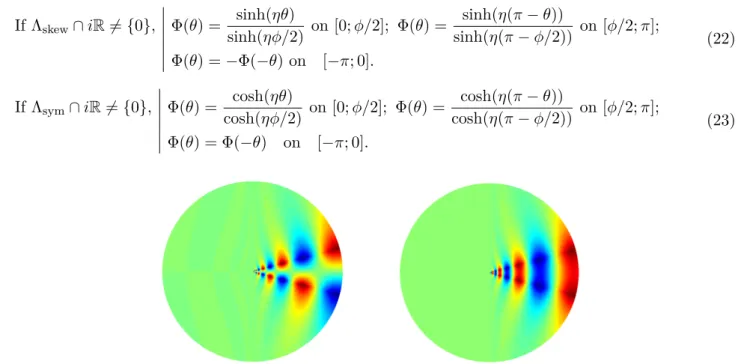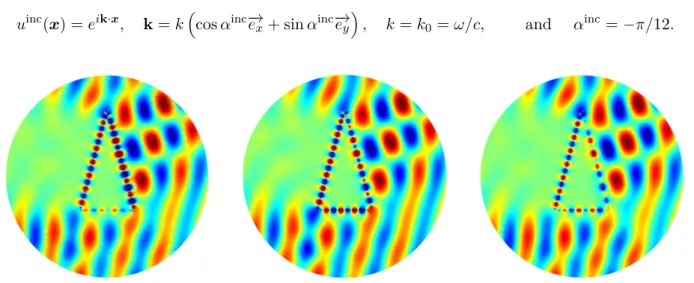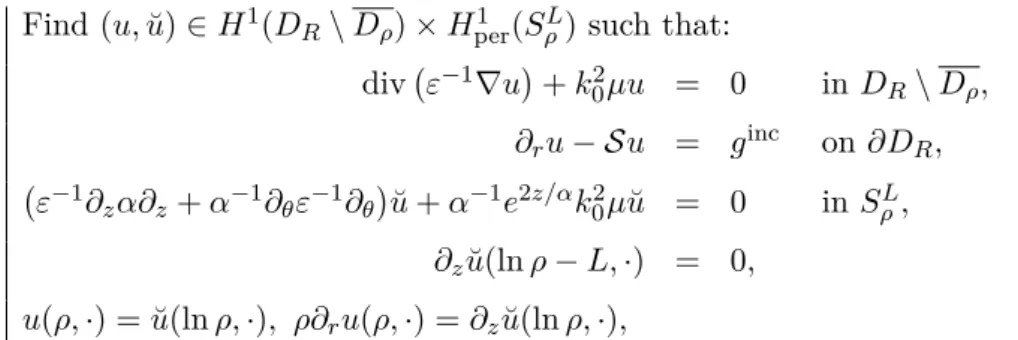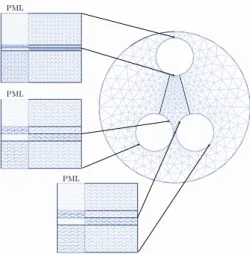On the use of Perfectly Matched Layers at corners for scattering problems with sign-changing coefficients
Texte intégral
Figure


![Figure 4: Set of singular exponents Λ for φ = 5π/12 (in this case I c = [ − 3.8; − 0.26315])](https://thumb-eu.123doks.com/thumbv2/123doknet/7773542.257330/10.892.111.791.117.317/figure-set-singular-exponents-λ-φ-π-case.webp)

Documents relatifs
All fractured films were then analyzed by Atomic Force Microscopy with respect to their molecular homogeneity; the results are summarized in the Table 2. Combinations thereby
Before performing the Java 2006 tsunami generation simulations, we study the propagation of a solitary wave solution to the full water wave problem using the WN and CP models..
Sous des hypoth` eses usuelles sur le maillage pour des probl` emes non-lin´ eaires, sur la r´ egularit´ e des coefficients et des donn´ ees, et sur les formules de
Unité de recherche INRIA Rocquencourt Domaine de Voluceau - Rocquencourt - BP 105 - 78153 Le Chesnay Cedex France Unité de recherche INRIA Lorraine : LORIA, Technopôle de
The second PML model we have proposed for the Euler linearized equations are based on the PML for the advective wave equation.. Thus, the PML for Euler inherits the properties from
Wavenumber explicit convergence analysis for finite element discretizations of time-harmonic wave propagation problems with perfectly matched layers.. Théophile Chaumont-Frelet,
For continuous Galerkin finite element methods, there now exists a large amount of literature on a posteriori error estimations for (positive definite) problems in mechanics
We report a fully ab initio derivation of low energy Hamiltonians for the adatom systems Si(111):X, with X=Sn, Si, C, Pb, that we solve within self-consistent combined GW and





